From chain to network
Industry 4.0, digitalisation and sustainability have sparked a revolution in supply-chain management and the evolution of today’s supply-chain model, says Prima Industrie.
===
The rise of Industry 4.0 has meant a revolution for the global production system. The increasing use of automation systems, designed to help increase production and improve working conditions, has transformed the industrial world as well as the way that we think about the entire production system.
In many cases, and in line with strong and steadily increasing trends, manufacturing facilities have given way to smart factories. These are characterised by new technologies that bring together people, machines and tools and play a crucial role in sustainability. Digitalisation is a central tenet of this as it offers the supply chain opportunities to evolve in terms of speed; scalability; AI; cloud; connectivity and interconnection.
In recent years, a real ecosystem has been forming where, through innovative IT and technological tools, each player in the process chain is connected to the other in an integrated, flexible and dynamic way. Thanks to digital technologies we are witnessing greater integration between supplier and client systems, leading to improvements in processes and products that can better respond to new market requirements. Today’s supply chain also considers sustainability, both environmental and economic, to be a key factor.
It is by optimising the management of these processes that we can overcome many of the supply-chain challenges in today’s competitive world.
An evolving model
Today’s supply chain is a complex and articulated system that differs substantially from the supply-chain model in existence just a decade ago. Although the new paradigm is based on greater sustainability, as well as flexibility and agility of the actors involved, it is still vulnerable to major setbacks.
In the past two years, both the COVID-19 pandemic and the Russia-Ukraine war have exposed the vulnerability and delicate balance in which manufacturing industries and the production sector in general operate today. Current conditions are highlighting, in some cases with dramatic clarity, the importance of developing strategic and technological solutions that allow industries (now and in the future) to overcome obstacles in an increasingly effective, rapid and sustainable way.
For businesses, any interruption or slowdown in the production flow is a major critical issue. The scarcity and cost of raw materials, logistical problems and the absence of systems capable of connecting suppliers and customers in a fluid and efficient way are just some of the most critical factors to be addressed now and probably also in coming years.
More generally, we can see how the climate crisis, cyber threats and geopolitical tensions are creating an environment in which it is extremely important to design solutions capable of ensuring that companies have the greatest possible certainty and robustness.
A shift in perspective; from chain to network
It is clear that the term “supply chain” (introduced by British manager, Keith Oliver, more than 40 years ago) has now given way to a new paradigm. While the supply chain made linearity its conceptual cornerstone, today we are witnessing a more complex system in which individual players are connected in a branched and widespread network. In this sense, it would be more correct to speak of a “supply network”: a dynamic and flexible system that requires a profound reassessment of the logic underlying its performance.
In this new model, software plays perhaps the most decisive role. It is through advanced and continuously evolving software that we can efficiently manage the huge amount of data that allows the entire network to function and meet the needs of an increasingly demanding market in terms of speed, efficiency and safety.
In this context, sustainability represents one of the key factors of the modern supply chain. To meet this need, companies must equip themselves with specific tools to establish their presence in this new competitive landscape. This includes the adoption of more sustainable practices and technologies that help to make the entire supply chain lighter and more environmentally aware.
To read the rest of this article in the February issue of International Sheet Metal Review, see https://joom.ag/9r9d/p18


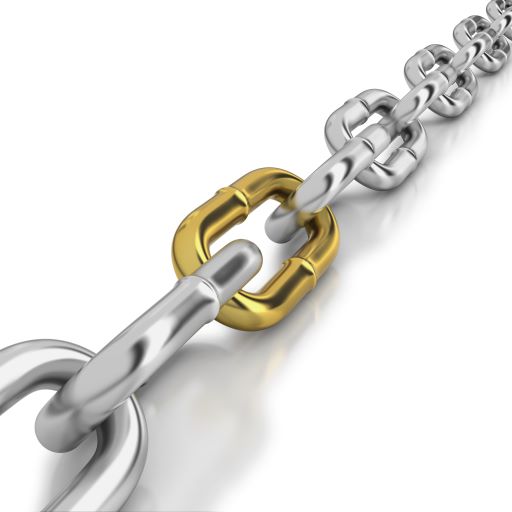

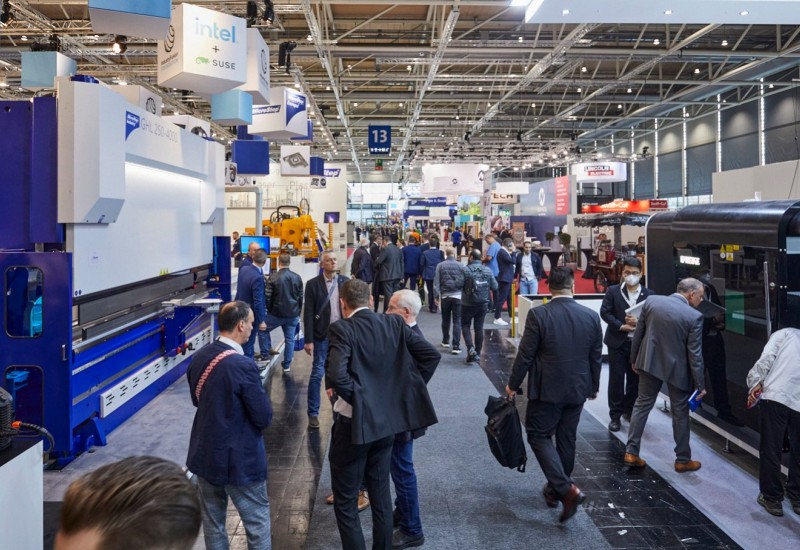


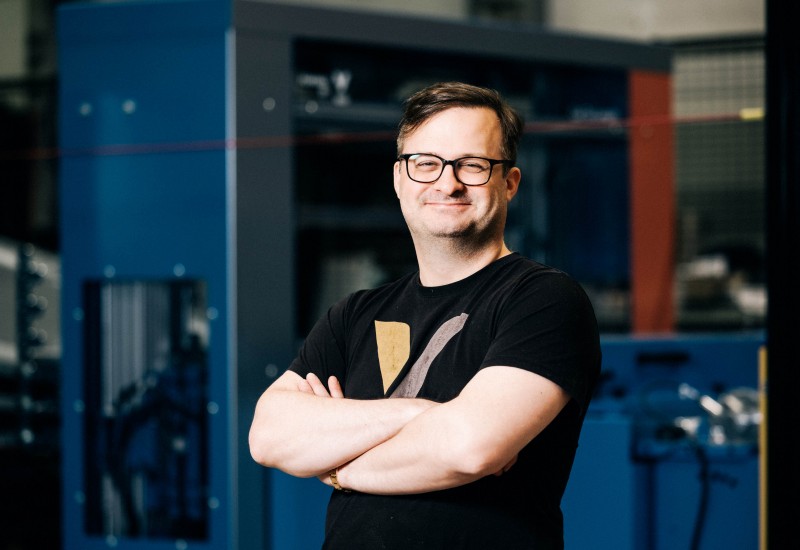











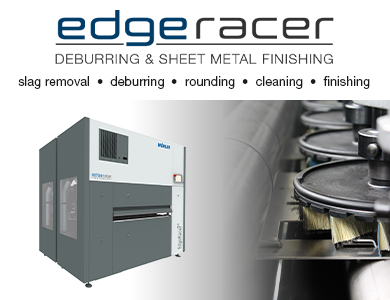



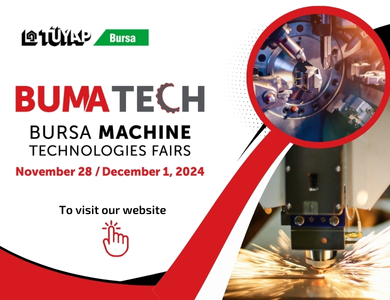


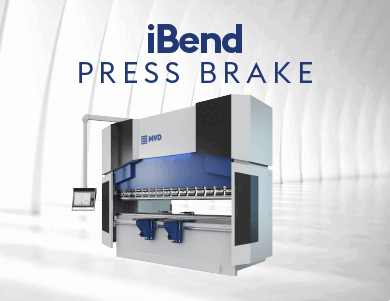


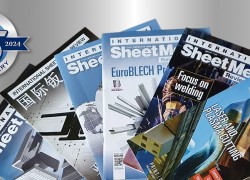



Recent comments